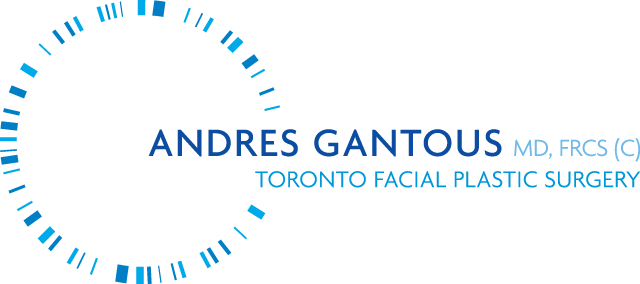Prominent facial scars can mar one’s appearance, making them feel frustrated and embarrassed in social situations. Keloid scars and hypertrophic scars are two types of prominent scar.
When an injury occurs to the skin, the connective tissue and skin cells in the area begin to multiply. This helps in repairing damage. The body makes the cells form gristle-like fibers to create a scar in the skin. These are deposited by fibroblasts and serve to keep your wound closed. As a scar matures, its strength increases. This is because of consistent cross-linking of the collagen fibers.
Scar tissue is originally red. Over a period of time, a scar tends to become somewhat pale and flat. In the case of keloids and hypertrophic scars, however, the appearance differs.
Keloids
Keloids are reddish protruding nodules that develop at an injury site. In the case of keloids, the multiplication of the fibroblasts continues even when the wound gets filled in. Therefore, keloids can be seen on the skin surface, since they form large scar tissue mounds.
Doctors consider keloids to be a benign tumor. However, these scars hardly ever become malignant and are essentially a cosmetic problem. When you operate on a keloid, increased scar-tissue formation is stimulated. In a lot of cases, it may be possible to prevent a keloid with the use of a silicone gel, paper tape, or pressure dressing on the injury site. Keloids usually occur more in Chinese and Polynesian people than in Malaysian and Indian people.
Hypertrophic Scars
Hypertrophic scars are characterized by inflamed red raised lesions that usually don’t extend beyond the injury boundaries. These scars generally tend to appear after heat-based injuries or other injuries that affect the deep skin layer.
Hypertrophic scars tend to fade over a period of time and don’t become very big like keloids do. Hypertrophic scars may occur in every racial group.
Treatment
Hypertrophic scars tend to settle down over a period of time, but in some cases, they may require treatment. Keloids, on the other hand, are more persistent and may not respond to treatment. Below is a list of measures that could prove to be helpful:
• Silicone or polyurethane scar-treatment patches
• Emollients such as oils and creams
• Dermabrasion
• Pressure dressings
• Micro-needling treatment
• Silicone gel
• Surgical excision (not always possible with keloids, as excision might cause the formation of a new and even larger keloid)
• Repeated intralesional corticosteroid injections
The best starting treatment for keloids is the injection of long-acting cortisone, a steroid, once every month.
Contact Our Office for a Consultation
Those with facial keloid and/or hypertrophic scars that they find embarrassing or uncomfortable should seek scar revision treatment. If you are interested in this treatment, it’s best to contact our office and arrange an appointment for a consultation.
At your consultation, you will meet with Dr. Andres Gantous, a skilled and experienced facial plastic surgery specialist with numerous satisfied patients. Dr. Gantous will evaluate your scar and then go into greater detail regarding the methods of treatment available to you. He may recommend a specific treatment that he feels is best for your specific case.
